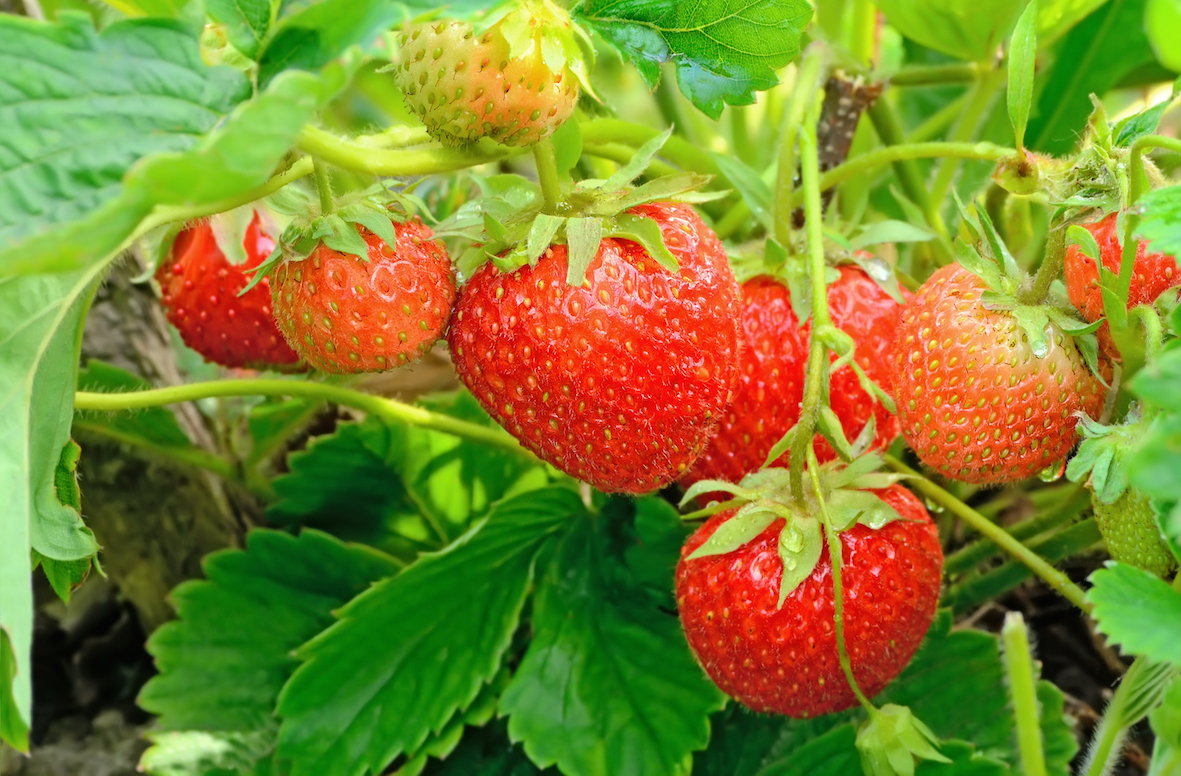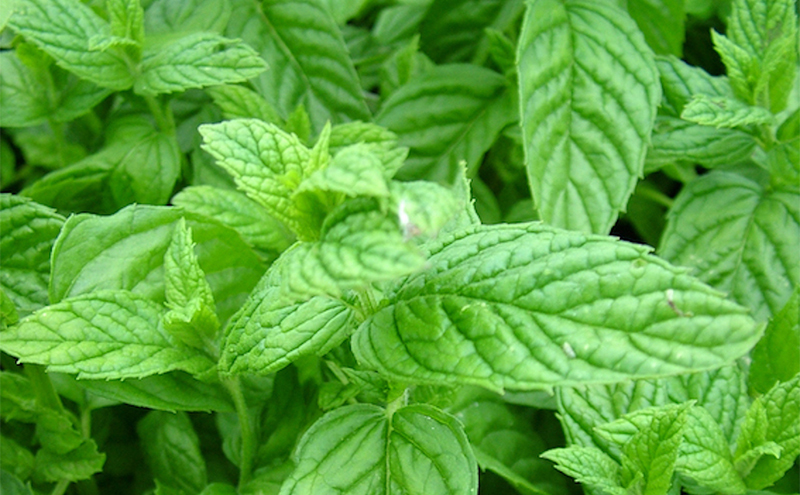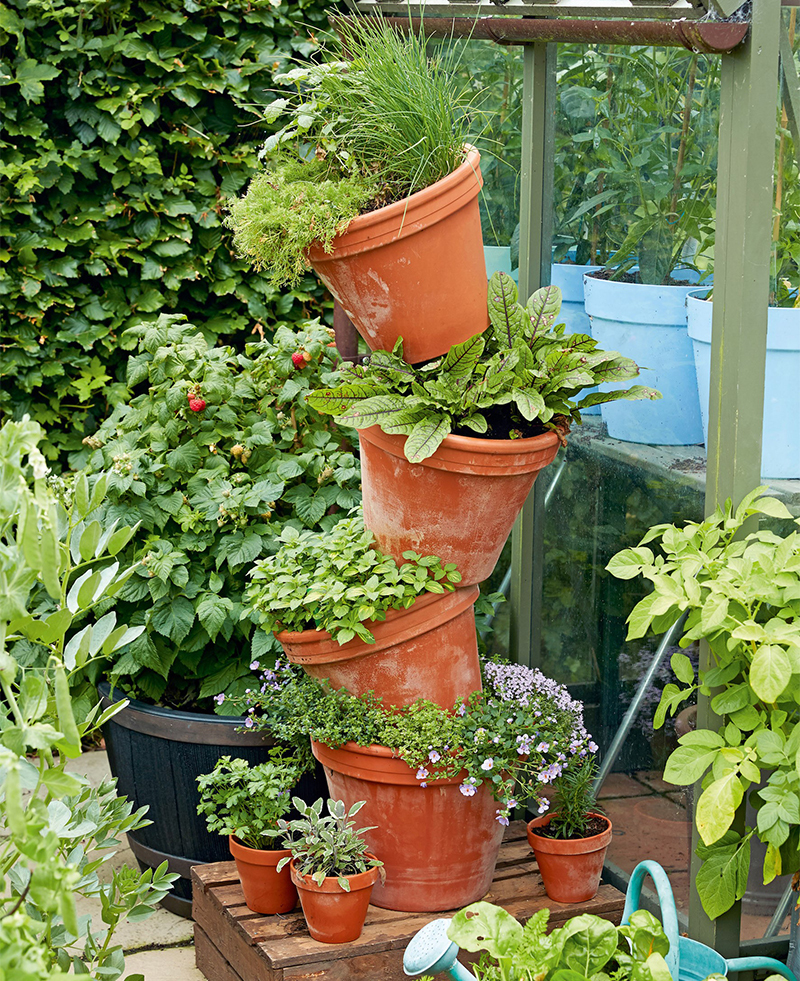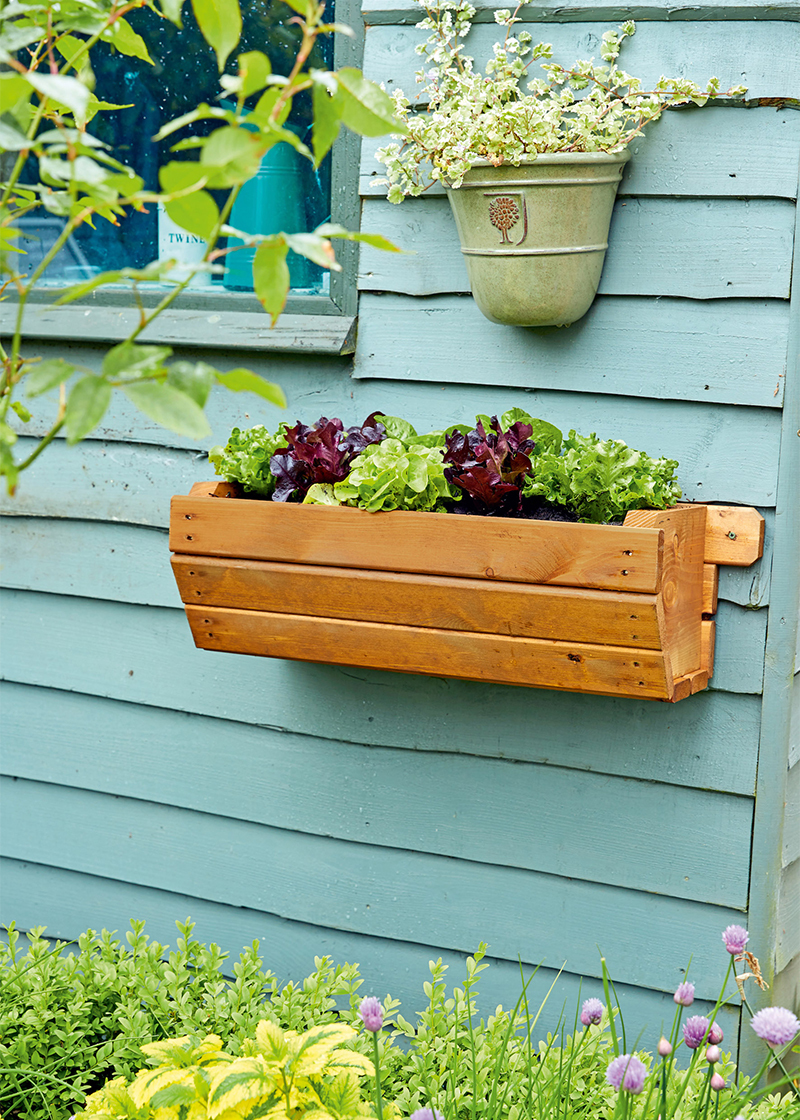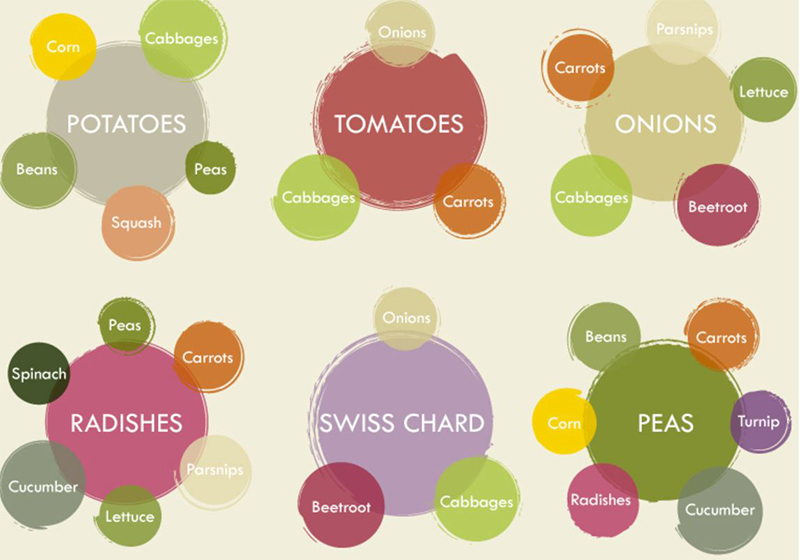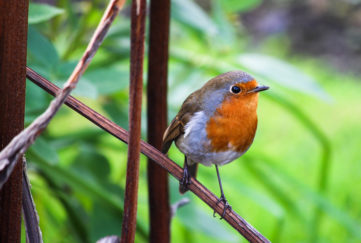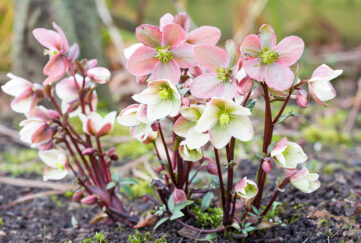Go On – Grow Your Own!
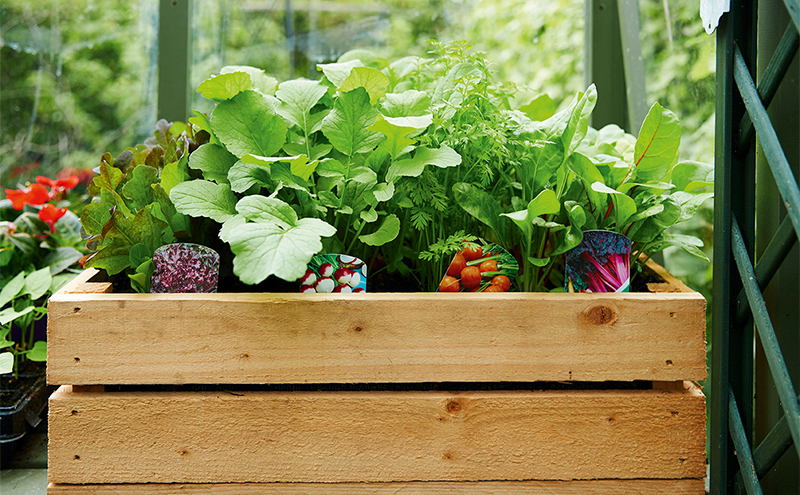
Growing your own food has never been so popular, and it’s easy to see why, say the experts at Squires Garden Centres. With supermarket prices increasing and more people wanting to eat healthily and reduce plastic food packaging, growing your own makes financial and environmental sense.
In very little space you can grow delicious fresh fruit and vegetables that hasn’t been shrink-wrapped or languished on a supermarket shelf for days. Plus with National Vegetarian Week coming up from May 14-20, now is the perfect time to start producing nutritious crops!
So why grow your own?
- Save money – Enjoy organic food at home without the price tag.
- Quality – Home-grown food simply tastes better.
- Great for health – Eating fresh fruit and vegetables means that you’ll be getting a wide variety of vitamins and minerals in your diet.
- Eat in-season – By growing your own you’ll always be eating in-season.
- Cut back on plastic – There’s no need for packaging when you grow your own, simply pick and eat!
- Minimise food miles – The only distance your food will travel is from pot to plate!
- It’s fun – It’s great to see what you can grow from a few seeds or a small plant, and growing your own is fun for children too as it teaches them where their food comes from.
Start with easy plants
Growing your own is much easier than you might think. All you need is a few pots, a trough, or wooden crate and some compost, or a small patch of soil. Then buy seeds or small plug plants from your local Squire’s Garden Centre and you’re ready to go!
Herbs such as mint, rosemary, basil and parsley are very easy to grow. Strawberries are always extremely rewarding as you get a lot of yield from a plant, as you do with tomatoes. For veggies, lettuce, beetroot, potatoes, peas, spinach and beans are all hearty and grow in abundance.
But above all, plant what you and your family like to eat.
How to make a Herb Tower
- Secure a rod or pole into a heavy base such as a parasol base, or push into the ground so it’s stable.
- Thread on the largest pot first and half-fill with compost. Plant a few herbs around the edges.
- Fill the rest of the pots with compost and plant with a selection of herbs. Leave the centre of each pot unplanted.
- Layer the rest of the pots onto the rod tilting each in opposite directions. Fill gaps with compost, firm down and water well.
Create an edible window box
- Fill a trough with multi-purpose compost.
- Add a layer of seed compost on top.
- Sprinkle seeds of your favourite loose lettuce varieties, cover lightly with compost, then water.
Harvesting – Once they reach 15cm snip off and eat.
Aftercare – Leave 2cm stubs in situ, keep watering and more leaves will grow from them.
Grow and save
It is predicted that the cost of fruit and vegetables will rise up to 8% after Brexit and with the UK becoming more health conscious, there has been more emphasis on getting our daily greens than ever before.
The average weekly food shop for a person in the UK is £54. More than £7 of this goes on fresh fruit and vegetables. If you go for organic produce, some prices could easily double.
To encourage Brits to grow their own vegetables and help them save money in the process, Anglian Home Improvements have put together a list of the most cost-effective vegetables you can grow at home.
The most cost-effective veg to grow
Curly Kale – one of the top food trends due to its low calorie, high iron properties. It’s used in everything from stir fry to stews and even to make healthy crisps. A packet of seeds costs £1, and from germination to harvest is only six weeks. One 100g bag of curly kale from a supermarket would cost you £1, so any more you grow would be a bonus.
Tomatoes – a great plant for amateur horticulturists and require very little space. Tomato plants take 12 weeks until they are ready for harvest, but after this period they produce fresh tomatoes every day for up to six years. That’s a saving of £52 per year based on consumers buying one box of tomatoes each week!
 Lettuce – A packet of lettuce can cost as much as £2 in supermarkets, whereas if you grow your own, you’ll have a five-month supply from just one seed packet, saving around £40.
Lettuce – A packet of lettuce can cost as much as £2 in supermarkets, whereas if you grow your own, you’ll have a five-month supply from just one seed packet, saving around £40.
Broccoli – last year voted the UK’s favourite vegetable. On average we eat 230g of it per week. While the plant takes 8-12 weeks to harvest, eventually you’ll gain 907g per broccoli plant, which can be harvested two or three times in the space of three months.
Potatoes – as a nation we eat 429g per week. Each plant can grow nine potatoes, and an average seed pack contains five seeds, making 45 potatoes for as little as £1.50. An average pack of four potatoes costs £1, so you could be saving a minimum of £11 a year.
Asparagus – growing asparagus is a longer-term investment, as it can take up to two years for the plant to fully mature. However, after that time your plant will continue to produce asparagus for up to 20 years, saving you up to £16 per kg for more than two decades.
Lots more useful planting advice on Anglian’s veg-growing cheat sheet!
You could win £25 if your photo and tip are used on our gardening pages – contact details in My Weekly magazine.

